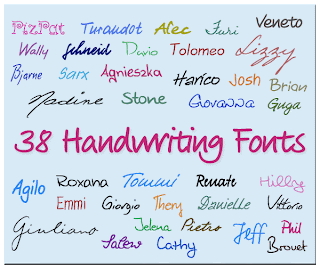The skeleton structure is also art. Human’s skeleton different bone parts is also have art. The interaction of the bone parts very beautiful.
The internal skeleton that serves as a framework for the body. This framework consists of many individual bones and cartilages. There also are bands of fibrous connective tissue—the ligaments and the tendons—in intimate relationship with the parts of the skeleton. This article is concerned primarily with the gross structure and the function of the skeleton of the normal human adult.
The human
skeleton, like that of other vertebrates, consists of two principal
subdivisions, each with origins distinct from the others and each presenting
certain individual features. These are the axial, comprising the vertebral
column—the spine—and much of the skull, and the appendicular, to which the
pelvic (hip) and pectoral (shoulder) girdles and the bones and cartilages of
the limbs belong. Discussed in this article as part of the axial skeleton is a
third subdivision, the visceral, comprising the lower jaw, some elements of the
upper jaw, and the branchial arches, including the hyoid bone.
When one considers
the relation of these subdivisions of the skeleton to the soft parts of the
human body—such as the nervous system, the digestive system, the respiratory
system, the cardiovascular system, and the voluntary muscles of the muscle
system—it is clear that the functions of the skeleton are of three different
types: support, protection, and motion. Of these functions, support is the most
primitive and the oldest; likewise, the axial part of the skeleton was the
first to evolve. The vertebral column, corresponding to the notochord in lower
organisms, is the main support of the trunk.
The central
nervous system lies largely within the axial skeleton, the brain being well
protected by the cranium and the spinal cord by the vertebral column, by means
of the bony neural arches (the arches of bone that encircle the spinal cord)
and the intervening ligaments.



















































